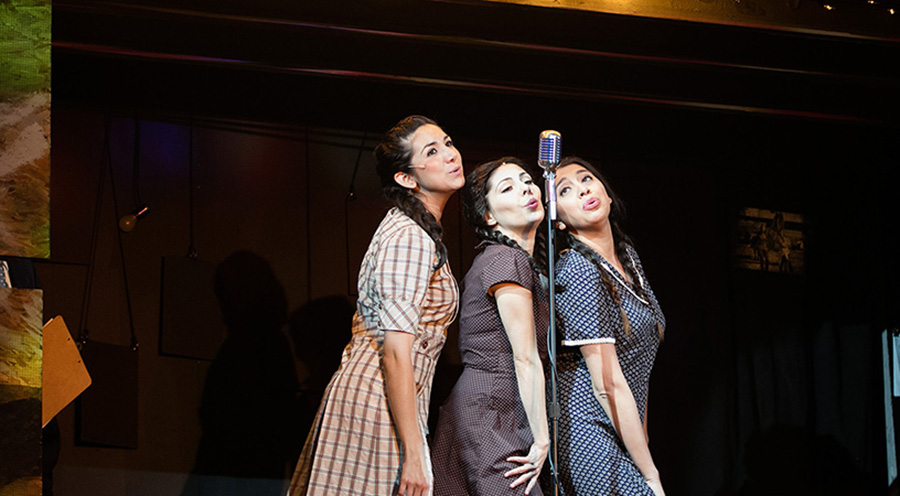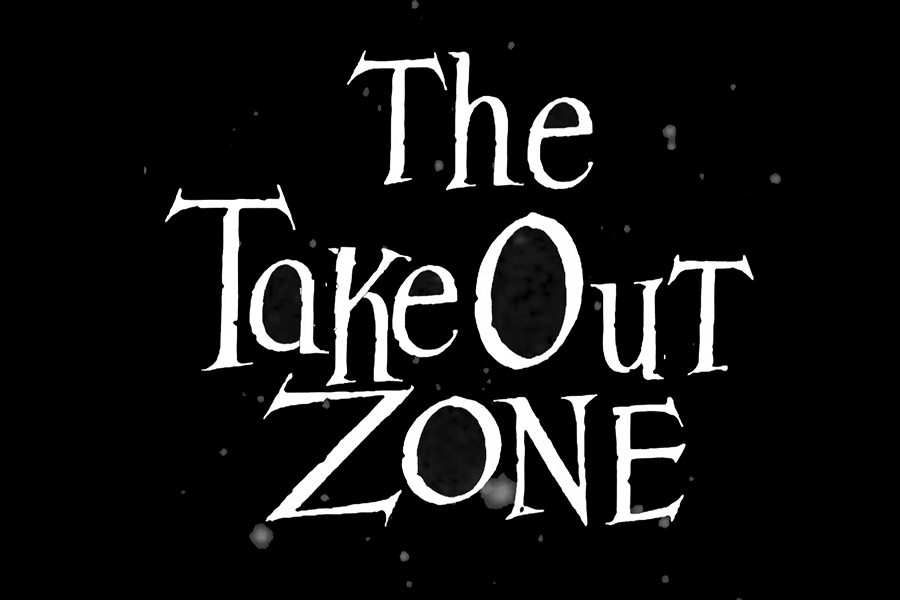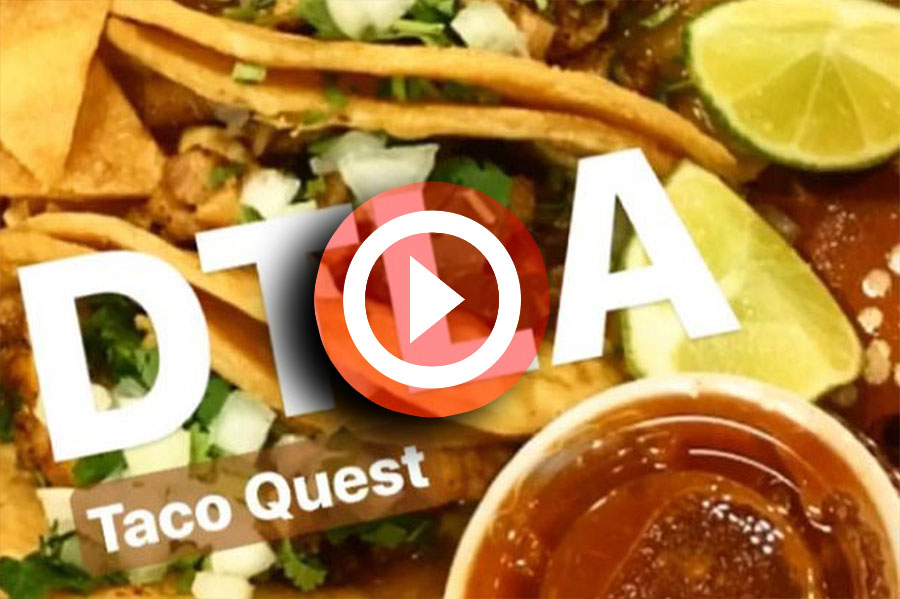
By Andrew Mercado
This postmodern art is still propagated today, and can be seen in works from artists such as Ruben Ortiz-Torres. His lithograph piece entitled, “The Revolution will be Televised”, which was done at El Nopal, depicts a frozen dinner box with Speedy Gonzalez, the cartoon character, on the cover. The message conveyed already is that American consumerist culture depicts Chicanos and Latin Americans within a restricted area of stereotypes that they cannot escape, but that Americans can access at any time. If this is not elucidating enough, Speedy Gonzalez’s head is pasted over with the head of Emiliano Zapatos, the famous Mexican revolutionary. The piece shows that even revolutionary, subversive culture meant to fight against ignorance for the liberties of all Latin Americans is seen as a product.
Siqueiros saw an increase in these types of dialogues in the lates ‘80s, and helped curate an exhibition called, “Aqui y Alla”, meaning “Here and Over There.” This exhibition helped him to come up with the idea for El Nopal Press. Soon after, Siqueiros was able to work with famous Mexican artists, such as Gronk.
Gronk did a series of monotypes at El Nopal Press he called, “Swamp Monster.” One of these pieces is displayed in the studio. The piece displays disparate shapes, almost like body parts, but they also resemble the grime and ugliness of the underbelly of Los Angeles. A feeling of honesty and striking brutality is rife in this work, and most of the works done in the shop are done with the courage needed to expose truths.
The goal here is to expose the inequities American society imposes on Mexican culture, and provide a compromise that creates a new culture altogether. The point is not to create a product, but a perpetual exchange of ideas. Siqueiros believes that this crosspollination of people and ideas picked up during the 1930s and the Mexican modernism art movement when a controversial mural was painted near Olvera Street called, “America Tropical” by David Alfaro Siqueiros.
“The main image was a crucified Native American Indian with an American imperial eagle on the top. Of course, this was not an image that was fit for a theme park, which probably wanted to it be more of a landscape of music and happiness and Native Americans playing in a happy environment, so that particular mural was covered up,” Siquieros says. The area was, at the time, quite the tourist attraction and David Alfaro Siqueiros was commissioned to do the painting to depict something much different than the revealing, poignant metaphors of colonization showcased in his mural. This piece created a spark of dialogue that increased nationalist zeal among Latin artists.
“I think that that mural created an incredible centerpiece for many of the artists of the ‘70s and going all the way to Cezar Chavez during the Grape Strike and creating all of this incredible iconography and aiding some of the histories of the southwest, but I think also there has been very interesting counter-arguments from Latin American art community.” Siqueiros explains that the ‘70s were quite different from what we know as art today. The building up of nationalist pride is starkly different from the deconstructionist approach contemporary Chicano and Latin artists use now. Both techniques help shape Mexican relations and smooth out societal distortions.
Siqueiros, in maintaining his shop, helps to lead activists for the cause of Chicanos and Latinos everywhere through his philosophy of and process of art. He even had a sign he used for the Occupy movement in the back room. Through all of his work and struggles, one can see that art means so much more than aesthetics. Art can carry a wayward soul to safety, save an oppressed and beaten down body, and lead the way to better lifestyles, both creatively and politically, for people who were once prey to the formidable limits imposed upon them by the world.
Siqueiros has works from his studio in museums across Mexico and the United States. Some of them include LACMA, The University of New Mexico Art Museum, and The Graphic Arts Institute of Oaxaca.
Look for more work coming out of El Nopal Press soon.











